China’s financing and investment spread across 61 BRI countries in 2023 (up...
2024-02-27 31 英文报告下载
Although global economic growth forecasts are cut sharply, food demand should be relatively stable. Should we still be concerned about the earth’s ability to continue feeding a growing human population or will it run out of land and freshwater in doing so? Will food be the channel through which unprecedented monetary intervention drives inflation? We investigate, counting the calories to build bodies and sustain life. Calorie demand not immune Demand for calories mostly rises in line with population, helped along by falling malnourishment and a rise in the average body weight. Global calorie demand has risen 2% annually since 1960, but 1.5% over the past decade as population growth slowed, and per capita demand growth stayed unchanged at 0.5%.
This may continue, but under a few conditions. The type of calories consumed changes with growth: demand for carbohydrate stalls beyond 1,800kcal/day per capita; incremental calories thereafter mostly come from fats (mainly vegetable oils and meat, most of the latter being poultry and pork). Within carbs too, cereals, the dominant food, lose share to fruits, vegetables, pulses and milk. All these transitions are towards more expensive calories. As the global economy recovers, these trends should revive, but the likely weaker income growth means these sources must get cheaper. We estimate 60 kcal/day/capita of extra demand by 2025 (40/10/10 from fats/carbs/proteins). This is possible, as corn/soya/palm have a non-food link to crude oil. Fruits and vegetables (7% of calories but 30% of food weight and 10-25% of value) may see lower prices.
The cornucopia continues to provide Limited land and fresh water has been a persistent source of concern for humanity. Cropland is just 12% of the earth’s land area, and pastures another 25%: ratios mostly unchanged for the past three decades, with limited further scope for multi-cropping at scale. But rising yields per hectare continue to increase supply across crops: a trend the current crisis is unlikely to change. Cereals are already in surplus, evidenced by steady increases in inventories (mainly in China and India). Acreage is shifting to direct/indirect production of fats: palm, corn and soya have been 86% of incremental acreage since 2000 (low corn & soya prices help meat demand); 10 million hectares (MHA) more may be needed by 2025, by when 75 MHA would be surplus in cereals. Agriculture accounts for 90% of humanity’s freshwater footprint. Fats have a larger footprint than carbs: growing demand can pressure freshwater availability, but rising industrialisation and consolidation are reducing feed conversion ratios. The frequency of weather disasters is not rising, but supply disruptions they trigger necessitate large price moves to destroy demand in an essential good. Improving irrigation, strategic inventory reserves and rising food trade have helped cut volatility in non-perishables. The current locust outbreak needs monitoring.

标签: 英文报告下载
相关文章
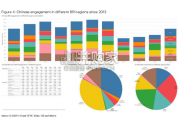
China’s financing and investment spread across 61 BRI countries in 2023 (up...
2024-02-27 31 英文报告下载
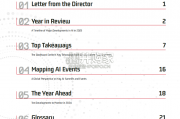
Though the risk of AI leading to catastrophe or human extinction had...
2024-02-26 52 英文报告下载
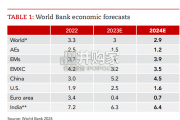
Focusing on the prospects for 2024, global growth is likely to come i...
2024-02-21 96 英文报告下载
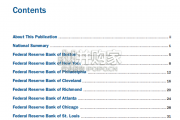
Economic activity declined slightly on average, employment was roughly flat...
2024-02-07 67 英文报告下载
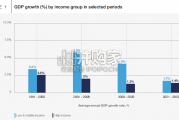
Economic growth can be defned as an increase in the quantity or quali...
2024-02-06 82 英文报告下载
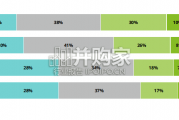
In this initial quarterly survey, 41% of leaders reported their organizatio...
2024-02-05 66 英文报告下载
最新留言